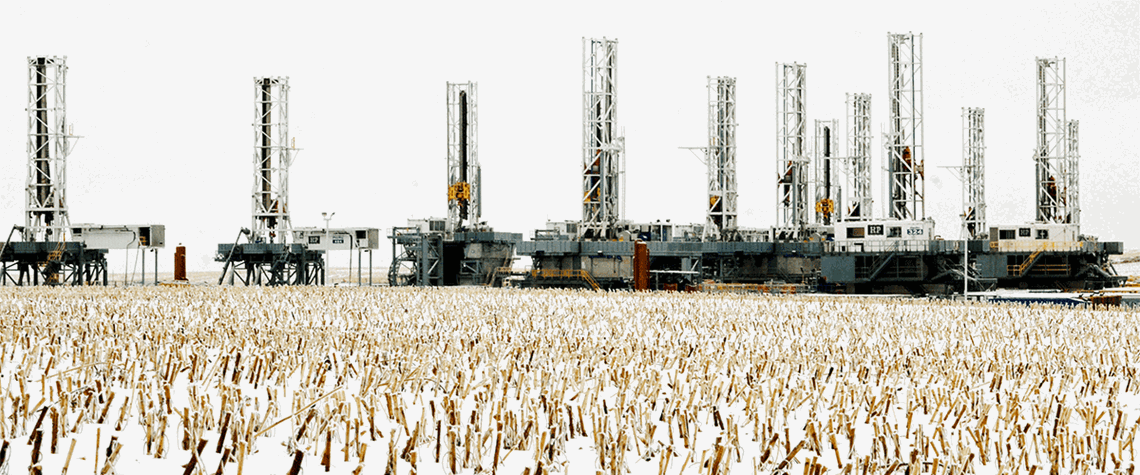Bakken boosts its gas infrastructure
Oil is still a serious business in the Bakken shale, but when it comes to midstream, the money is on gas
Driven mostly by US production growth concentrated around the oil-generating geology of North Dakota, the Williston basin’s midstream footprint has expanded according to the region’s unique and evolving needs. Gas-to-oil ratios have flipped in the Williston basin over the past six years, increasing more than 90pc since 2016 from 1.51mn ft³/d (42,800m³/d) to 2.8mn ft³/d per bl of oil produced. Drilling activity in the Bakken shale is nearly four times higher than it was two years ago. As in the Permian basin, oil production in the Williston has a high rate of associated gas. But the Bakken’s residual gas is rich in NGLs, and that requires infrastructure generally more akin to North Texas’ Bar

Also in this section
12 December 2025
The latest edition of our annual Outlook publication, titled 'The shape of energy to come: Creating unique pathways and managing shifting alliances', is available now
12 December 2025
The federal government is working with Alberta to improve the country’s access to Asian markets and reduce dependence on the US, but there are challenges to their plans
11 December 2025
The removal of the ban on oil and gas exploration and an overhaul of the system sends all the right messages for energy security, affordability and sustainability
10 December 2025
The economic and environmental cost of the seven-year exploration ban will be felt long after its removal







